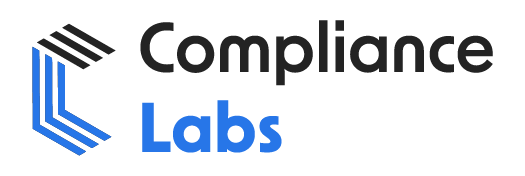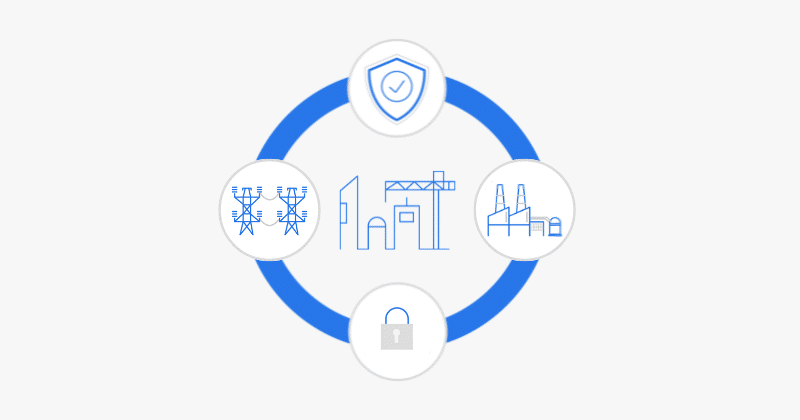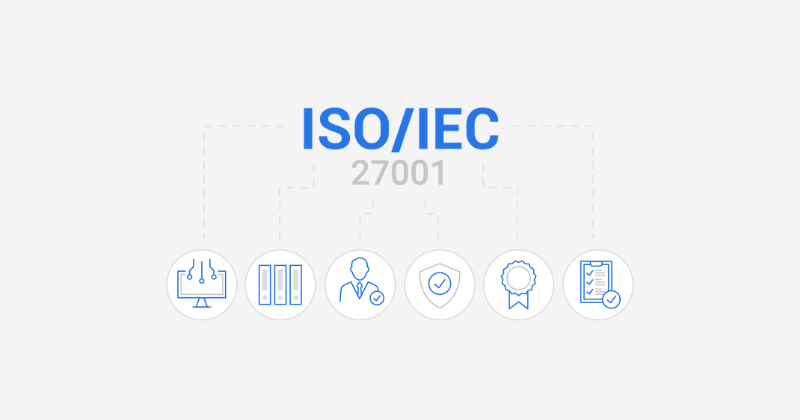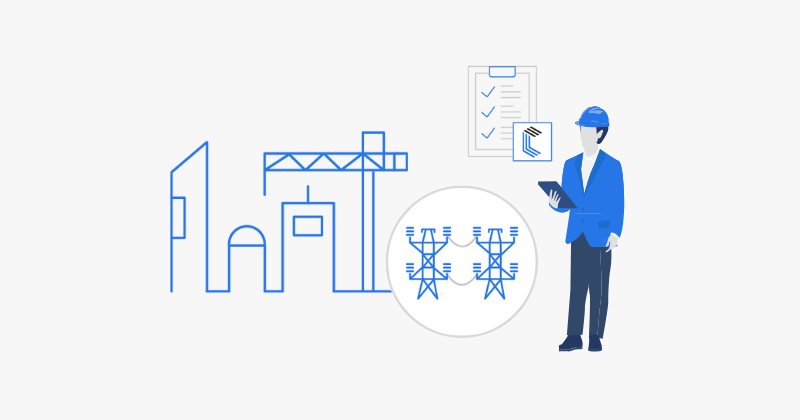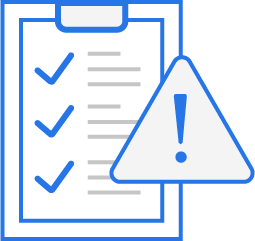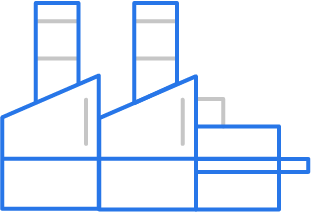If you’re a software producer doing business with the U.S. federal government, or aiming to, you know mandates are a constant part of the landscape. And right now, there’s a big, important one on software supply chain security that you absolutely need to nail: CISA RSAA attestation compliance.
Look, nobody loves paperwork, especially when it comes to government requirements. But this isn’t just another hoop to jump through. It’s a critical step towards building trust and resilience right into the software that powers federal agencies and critical infrastructure. Think of it like assessing the land before you start building a house – you want to make sure the foundation is solid, the ground is stable, and you’re not going to run into nasty surprises down the line. That’s what these mandates are getting at for software.
It all stems from Executive Order 14028, “Improving the Nation’s Cybersecurity.” That order shone a huge spotlight on just how vulnerable our software supply chains are. Remember incidents where attackers snuck malicious code into seemingly legitimate software updates? Agencies realized they couldn’t just trust software; they needed assurance that it was built securely.
That’s where OMB Memoranda M-22-18 and M-23-16 come in. They’re basically the federal government saying, “Okay, from now on, you software producers have to show us proof – an attestation – that you’re following secure development practices.” These practices are largely based on the NIST Secure Software Development Framework (SSDF), which gives you a roadmap for building security into your code from the get-go. Complying with this via the CISA RSAA platform is now an essential part of doing business with Uncle Sam.
Why This Matters: Beyond Just Checking a Box
Meeting these requirements isn’t just about avoiding a ‘fail’ grade. It’s about demonstrating a fundamental commitment to security quality. It aligns perfectly with the “secure by design” philosophy – baking security into your products from the very first line of code, rather than trying to patch holes later.
From years of experience in this industry, I’ve seen time and again that organizations that proactively prioritize security, even when mandated, build stronger, more resilient products. It’s a bit like the ‘Broken Window’ theory in social science, which you might have heard about. That theory suggests visible signs of neglect (like broken windows) encourage further damage and crime. In cybersecurity, unaddressed Vulnerability Management or a sloppy approach to development send a signal – maybe not intentionally, but effectively – that an organization might be an easier target. Conversely, demonstrating robust, verifiable secure practices through attestation shows you’re serious. It builds confidence and helps reduce the collective risk across the entire digital ecosystem, not just for the government, but for all your customers.
Understanding the Mandates: What’s In and What’s Out?
So, let’s break down what these OMB mandates actually require. M-22-18 first laid down the law, stating that most software developed or significantly modified after September 14, 2022, needed an attestation confirming adherence to minimum NIST SSDF practices. Then, M-23-16 came along to fine-tune things, offering clarifications, extending some timelines for agencies, and reinforcing the importance of the SSDF practices.
Now, here’s where it gets a little nuanced: What software needs this attestation? Generally, it applies to commercial software products that federal agencies procure and use.
However, some categories are explicitly excluded from requiring a separate attestation from you as the producer:
Software developed directly by a federal agency.
Open-source software obtained directly by an agency without a third party modifying it before delivery.
Third-party components you incorporate into your final product (the component vendor doesn’t need a separate attestation to the government for that component).
Publicly available software obtained freely by an agency directly, without modification.
BUT – and this is a crucial point – even if you use components from these sources, your attestation still needs to affirm that you’ve taken steps to minimize the risks associated with using them. (This is covered in Section III of the standard attestation form). It highlights that while those specific pieces might not need their own government attestation, your final product’s security relies on how you manage the risks those pieces introduce. It’s a shared responsibility!
Enter CISA’s RSAA: The Central Hub
Okay, so you know you need to attest. Where do you actually do that? That’s where the Repository for Software Attestation and Artifacts, or RSAA, maintained by CISA (the Cybersecurity and Infrastructure Security Agency), comes in. Think of RSAA as the official mailbox and filing cabinet for these secure software development attestations. It was built specifically to handle the requirements from OMB M-22-18 and M-23-16.
The platform is set up with different roles:
Software Producers (That’s likely you!): You’ll submit your software records, upload your attestations, and add any supporting evidence (though extra evidence isn’t mandatory yet).
Federal Users: Agency folks who need to view attestations for software they use or are considering using.
Federal Agency Administrators: Agency-specific users who manage their agency’s attestation records and user access.
Alright, Let’s Get Practical: Submitting Your Attestation via RSAA
Here’s how to navigate submitting your attestation via the RSAA platform:
Get Your Account Set Up: Start by gaining access to the CISA Okta Partner Platform. You’ll register with your email. It’s essential that you enable multifactor authentication (MFA) – it’s required for access.
Create a Software Record: Once logged in, you need to create a record for the specific software product you’re attesting for. Input necessary details like the product name, relevant version(s), your company name, and the release date. This record serves as the unique identifier for your software in the system.
Complete and Upload the Attestation Form: Download the official Secure Software Development Attestation Form (usually a PDF). Complete it offline, confirming your adherence to SSDF practices. Sign it (electronically or physically) and then upload the signed PDF into the RSAA application. You’ll specify if this attestation covers a single version or multiple versions/the whole company’s practices. Note: While you can upload supporting documents, it’s not required by the mandate.
Associate the Attestation with Your Software: The final step is to link the attestation you just uploaded to the specific software record(s) you created earlier. Select the attestation and the corresponding software product from your list to make the association. This link is crucial as it shows agencies that this specific attestation applies to that particular version of your software.
The process is a sequence: Get access, define your software, complete and upload the required form, and then connect it to the correct software record(s) within RSAA.
Partnering Up for Secure Software Assurance
Navigating the SSDF requirements and getting everything squared away for CISA RSAA can feel complex, especially when you’re balancing it with your core development work. This is where partnering with experts can make a real difference.
At Compliance Labs, we work with organizations like yours to cut through that complexity. We’ve got years of experience in cybersecurity and understand the nuances of these federal requirements. We’re here to support you every step of the way, not just to get you compliant today, but to help you build a sustainable secure software development program.
By partnering with us, you’re not just hiring a vendor; you’re gaining a trusted advisor who understands the landscape and can help you improve your security posture while meeting mandates.
Looking Ahead: The Evolving Security Landscape
The world of software supply chain security isn’t standing still. Threats are constantly evolving, and so are the requirements. The focus on SSDF and RSAA attestations is a big step, but it’s part of a larger movement towards greater transparency and security throughout the entire software lifecycle.
What might we see down the road? Perhaps more granular attestation requirements, increased automation in verifying security practices throughout the CI/CD pipeline, and a greater reliance on verifiable artifacts like digital signatures, better provenance data (PS.2, PS.3), and maybe even leveraging technologies like blockchain for tamper-proof records.
Organizations need to be agile. This means truly integrating security into your development workflows – thinking DevSecOps, not just DevOps with security tacked on at the end. It requires a commitment to continuous improvement, staying informed about new threats (like how generative AI might impact code vulnerabilities or attack methods), and collaborating with industry peers. Building a strong security culture within your organization, where everyone understands their role in secure development, is more crucial than ever.
Conclusion
Achieving CISA RSAA attestation compliance is a necessary and beneficial step for software producers working with the federal government. It’s about meeting crucial OMB mandates, yes, but more importantly, it’s about building more secure, resilient software right from the source. By understanding the requirements, using the CISA RSAA Attestation platform correctly, and implementing secure development practices aligned with the SSDF, you not only comply but also significantly enhance the security quality of your products. This benefits federal agencies, your other customers, and contributes to a safer digital environment for everyone.
Ready to navigate CISA RSAA attestation compliance confidently and build a stronger secure software development program?
Contact Compliance Labs today!
